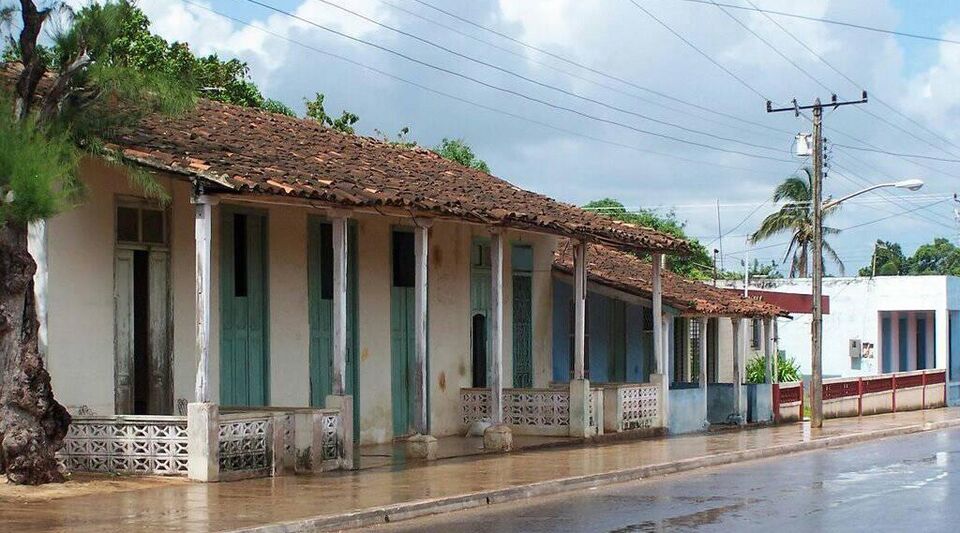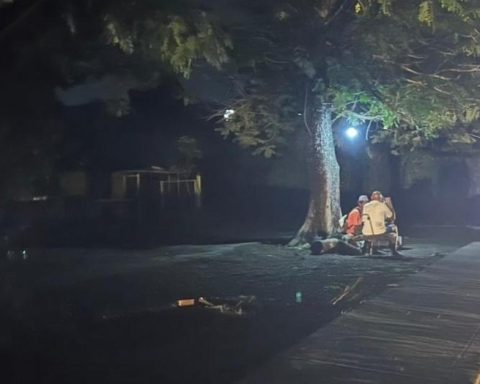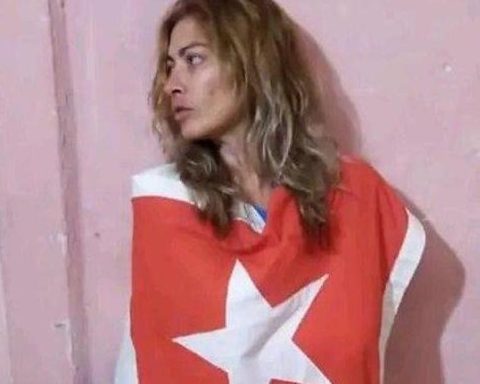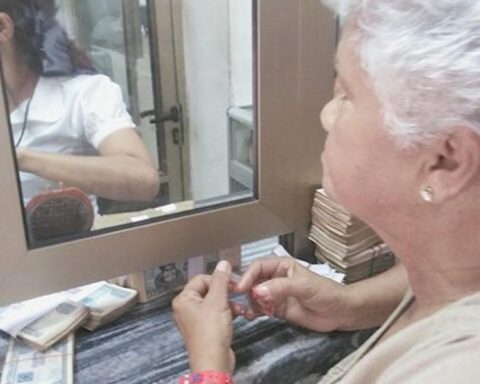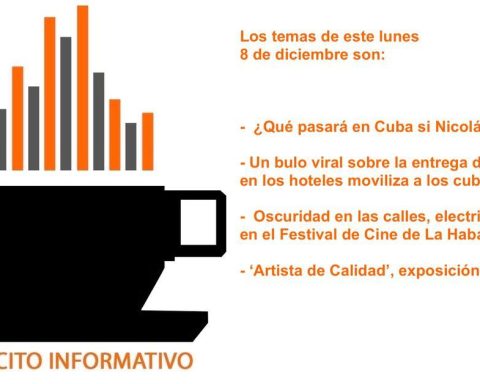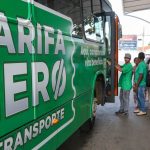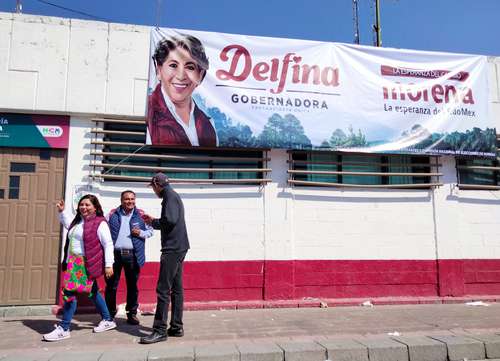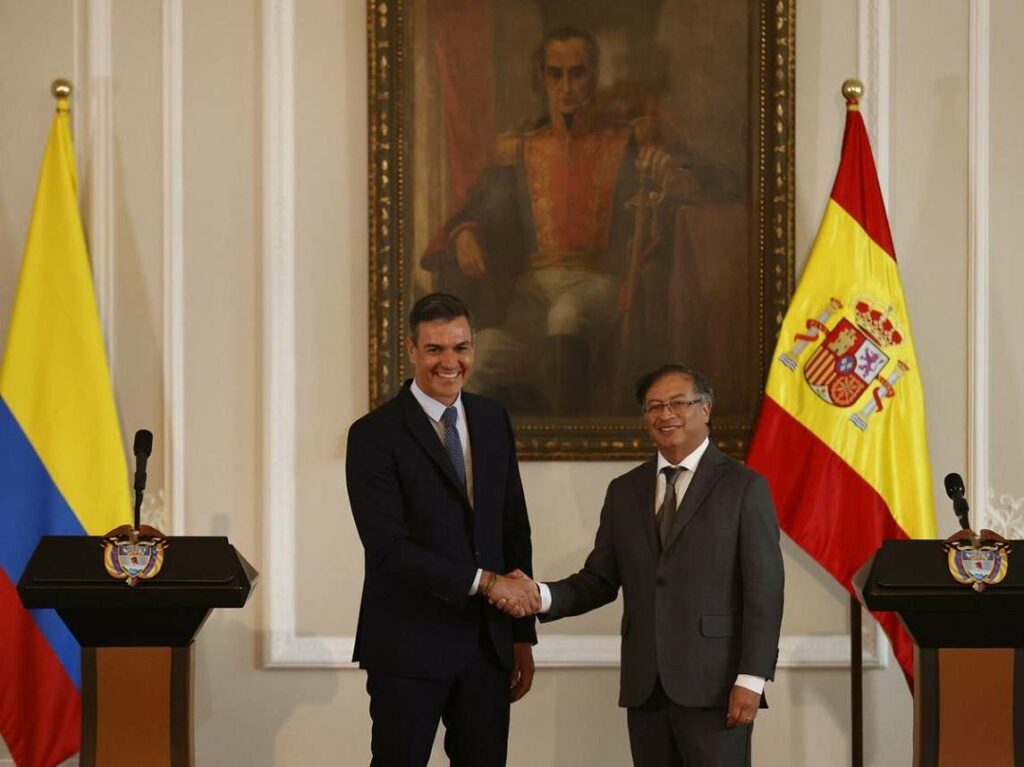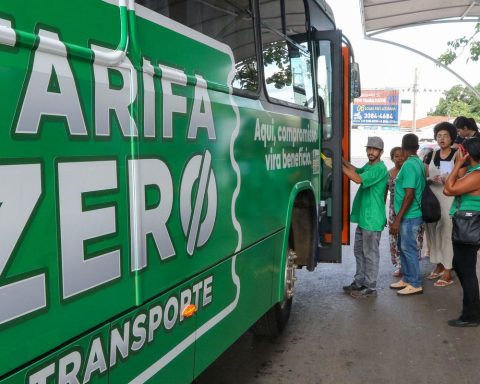Two cousins, natives of the island of El Hierro (according to unofficial sources), Juan Febles Morales and Luisa Febles Almeida, born around the year 1845, decided to get married because they dreamed of a strong, large and prosperous family, based on moral principles. Catholics who had learned from childhood. They packed up all their hopes, got on a big ship and arrived in Cuba. They were smart. They knew how to read very well and knew how to choose one of the areas with the greatest economic effervescence on the island of Cuba to settle.
They did not feel like emigrants: they arrived in a province of Spain. They rolled up the sleeves of their Canarian shirts and took on hard, heavy, and complicated agricultural work in one of the sugarcane colonies in the most fertile valley of Matanzas, the lands of the Las Marías farm, in the Guamacaro valley. There they made the most adorable fruits and vegetables sprout from the ground with their own hands. They were happy. They raised four sons and a daughter, surrounded by numerous families on neighboring farms and neighborhoods and among peasant parties and songs: Jabiel, Daniel, Laureano, Nicolás and a daughter, Sixta.
Nicolás Febles Febles was born with that happiness of his parents plastered on his face. He wouldn’t stop smiling. He was an obedient and loving child. He worked as one more man in the colony at the age of ten. And they say that at thirteen, Maceo stole the horse. But he told it laughing:
Gentlemen, in the little war
they brought me a horse.
And to cover the mistake,
They gave me a treat.
like it was Creole
I took her home,
I hit a rope,
And I tied her up in the savannah.
And at 10 in the morning
he raised his tail and left me.
He grew up strong and fearless, Nicolás, sure that anything was possible. He married, near the beginning of the century. He chose the most vigorous, tall and beautiful woman in all those parts. Isabel Gonzalez German. And she also chose him. She was in charge of cutting the wood to feed the stove in the fireplace. To draw water from the deep well. And her generosity was revealed in the aroma of the food that reached everyone who entered the immense house, which Nicolás built with the little capital he made in the fat cow harvest, with which he also rented three caballerias .
Nicolás and Isabel had eight sons and three daughters who equaled their parents in strength, beauty, intelligence, and kindness: Videncio, Cirilo, Pedro, Maximiliano, Servilio, Pepe, Victor, Sabino, and three daughters, Basilia, Estelina, and Isabel. Heirs to the great wisdom of Nicolás Febles Febles as a sugarcane settler, Víctor honked the brand new Fargo truck from a ’59 package, to collect the sugarcane. Videncio, Sabino and Servilio ran to the furrows to fill it, weigh it at the Central and share the liquidation. Of that liquidation of the forty thousand arrobas, the result of the sale of the cane, a small part belonged to the owner, who they never saw. He, well, he collected his income directly from Central.
The same thing happened in Pedro’s neighborhood. There Maximiliano and Cheo were a couple with machetes for the cane harvest. Cheo was the husband of Isabel, the daughter of Nicolás.
In dead time they kept the truck in the cart house and freely disposed of the money from the cane sold to the Central, they took care of the rest of their crops and all their animals. and they sang
In Pedro’s colony, the white guagüí was for export. It arrived in Miami from Guamacaro, separated by pounds and in sewn sacks. There was a copious supply of guagüí in all the Cuban markets and especially in Matanzas, where there was plenty. All the farms in the valley supplied it. The Dolores Junco farm, La Perla, El Diamante, La Julia, among others. But the best bus in the Guamacaro valley was that of Pedro Febles, from the Palestina farm colony. The white guagüí bathed by the Moreto river.
They also complied every year with the arrobas plan agreed with the Central. And in dead time they kept the truck in the cart house and freely disposed of the money from the cane sold to the Central, they took care of the rest of their crops and all their animals. And they sang. His children studied in primary school for free up to sixth grade with excellent normal teachers. Until it was time to attend the academy to complete high school, with a bit of what their parents saved to pay those costs.
Towards the end of the 50s, Nicolás was already losing the strength in his feet and leaving all the farm work to his children. He continued to smile happily. But the field turned bad. Some leaders came from who knows where, citing countless agrarian reform laws. And they put on the calloused hands of all the tenants of that fertile valley a title to the land that did not belong to them, nor did they ask for it, as if it were a favor. A title that would strip them of all their freedom, but which was announced to them as “the title to the land that would free the peasants from the yoke of rent.”

They seemed to be unaware that the settlers had an association of tenant settlers there on the Dolores Junco farm, with lawyers who could help them in case of conflicts with the owners. Although in the valley of Guamacaro what reigned, before the arrival of socialist leaders, was peace and not conflict, contrary to what they tried to make believe, they found their amoral justification in the death of Niceto Pérez in 1946 for a specific conflict, to turn all Cuban peasants into slaves of the State, long before the first year of the apocalyptic triumph of the bearded ones.
In mid-1959, the Cuban State reduced the limit of caballerias that a citizen could own to thirty, without distributing the already unfairly expropriated caballerias to their legitimate owners, among all interested citizens, tenants or agricultural workers, as they had promised.
On the contrary, all Cuban agricultural wage earners continued to work the land as wage farm laborers after the reform, and in the down time they worked in the candy-making industry that was beginning to grow, or in other crops. Only this time, instead of doing it for a landowner, they would do it for the State, which had appropriated almost all the land. And the revolution was actually a revolution made against the peasants, the true heroes of Cuba and who made its entire economy move and guaranteed food for the entire nation.
With respect to the tenant settlers, that property title was nothing more than the announcement of the end of the colonato. Once the usurpers of power did them the “favor” of turning them into owners of their land, they would have to undertake the Stockpiling plan and sell only to the State, and use the ration book and take care not to buy outside their CDR. Nor could they export. Then the State became the owner of all the farmer’s decisions. Thus they had just robbed all the freedom of the peasantry with the reform laws, while announcing in all their voices that they were given precisely that, freedom.
To finish off the socialist debacle, the State would very soon exert enormous and Machiavellian pressure so that all the peasantry handed over their lands “voluntarily”
To top off the socialist debacle, the State would very soon exert enormous and Machiavellian pressure so that all the peasantry handed over their land “voluntarily” to the state cooperatives, which were always totally inefficient like their Russian twins, except for holding the mediocre assemblies. of emulation and asking for donations from the international delegations that came to visit them and fell for their false propaganda deception.
The implementation of the agrarian reform laws brought several losses. Its consequences were not only the uprooting that meant the almost total elimination in Cuba of the guajiro figure, in a mostly agricultural country, but also the end of a flourishing economy. Nicolás was arrested, already disabled, along with the grandparents of the most respected families in the Guamacaro Valley and some of his children, all of whom were totally innocent.
The communists kept Nicolás and the other peasants in captivity throughout the duration of the fighting at Playa Girón, so that their sons, young settlers, could not rebel against the socialist yoke they wanted to establish. They taunted them, as if they were farm animals, into the skirt of La Conga de Matanzas, a chicken farm near the central highway, to humiliate them. They were left there until they were released. Maximiliano was unjustly accused of collaborating with the so-called “riots”, and he was imprisoned for more than a year in the Sandino prison, in the province of Pinar del Río, along with several of his cousins.

Pedro Febles migrated to the city with his family. Then Nicolás and Isabel received the strongest blow of their lives when their son Sabino immigrated to the United States. They did not survive more than three years in the absence of the poet, athlete, expert horseman and Guamacaro’s gallant. The smallest of his male children and all his hope in the future. Servilio could not bear the socialist injustice and the weight and frustration that the suicide of his brother Maximiliano caused him, several decades after the torture he received in prison and the confiscation of absolutely all his property, his animals, and being treated like a delinquent through defamation. After his wife died, Servilio chose the same path as his beloved brother and ended his own life.
Today, most of the numerous great-grandchildren of Nicolás Febles Febles have been indoctrinated into the Cuban socialist and communist revolution and many of them idolize the figure of Fidel Castro. Many of them also said yes to the approval of the 2019 Constitution that irrevocably ratified the socialist character of the nation, becoming accomplices of the criminals who put their great-grandfather Nicolás in a skirt and of widespread hunger in Matanzas.
________________________
Collaborate with our work:
The team of 14ymedio He is committed to doing serious journalism that reflects the reality of deep Cuba. Thank you for accompanying us on this long road. We invite you to continue supporting us, but this time becoming a member of our newspaper. Together we can continue transforming journalism in Cuba.
